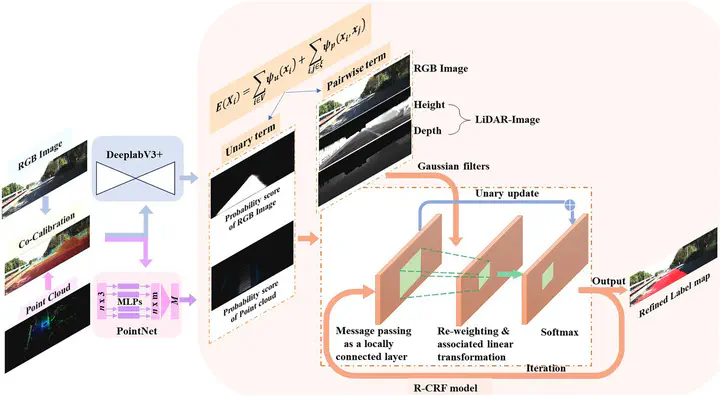Using LiDar Images to predict the deprivation index (Deep Learning)
 Using LiDar Images to predict the deprivation index (Deep Learning)
Using LiDar Images to predict the deprivation index (Deep Learning)In this project, we look into deprivation, or the “the damaging lack of material benefits considered to be basic necessities in a society”, which is a major concern in modern societies. While many times confused with poverty, in reality, it is a complex, multidimensional, social phenomenon that can severely impact the quality of life of those who are deprived. For banking, Financial Inclusion, or the area of finance focused on giving access to financial services to those who, mostly due to being deprived in different areas, is a key focus of modern regulatory efforts. The seven deprivation indexes that are commonly measured for a geographical area are: • Income: Measures the proportion of the population experiencing deprivation relating to low income.
• Employment: Measures the proportion of the working-age population in an area involuntarily excluded from the labour market. • Education: Measures the lack of attainment and skills in the local population. • Health: Measures the risk of premature death and the impairment of quality of life through poor physical or mental health. • Crime: Measures the risk of personal and material victimization at the local level. • Barriers to Housing: Measures the physical and financial accessibility of housing and local services. • Living Environment: Measures the quality of both the indoor and outdoor local environment. For this project, we select deprivation index of Education, which measures the lack of attainment and skills in the local population. Higher the scores in education index, more deprived the localities are. That is, there are more lack of attainment and skills in education in the local area with higher scores. Figure 1 shows the distribution of this score and we observe that most of the areas have very low deprivation with a few area having very high deprivation.